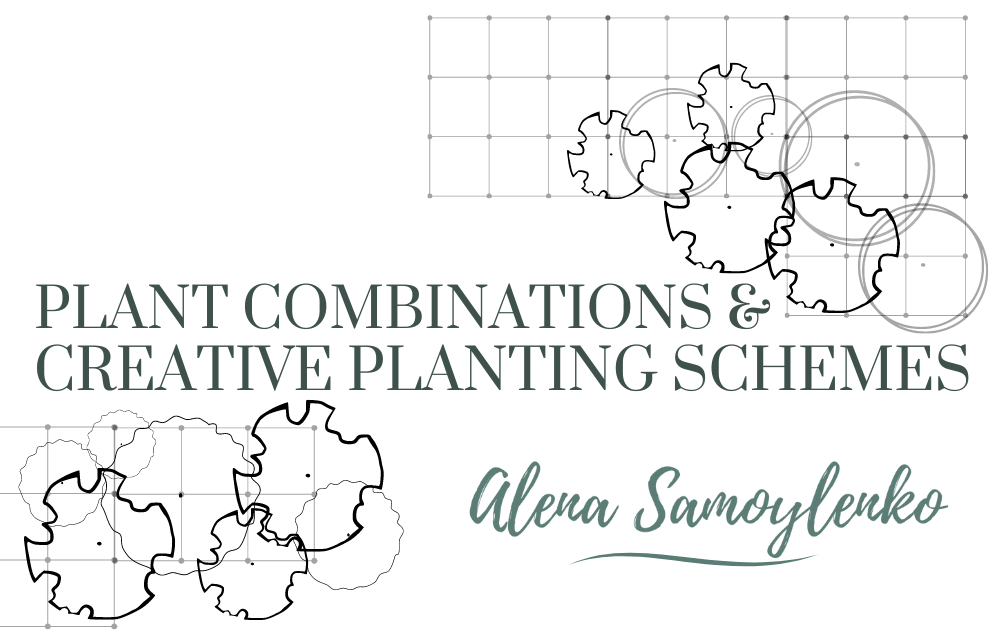What do peacock butterflies look like?
With a wingspan of around 70 mm, their wings are adorned with mesmerizing patterns and eye-like markings resembling a peacock’s majestic feathers.

But there’s more to their beauty than meets the eye. When faced with danger, the Peacock Butterfly doesn’t back down. It unleashes a clever defense strategy. By rapidly flapping its wings, it reveals striking “eye spots.” These eye spots startle and intimidate predators, giving the butterfly a chance to escape. Scientific experiments have shown that these eye spots effectively repel small insect-eating birds, increasing the butterfly’s chances of survival.
It’s not just the appearance of the eyes that scares predators. The bright colors of the eye spots also act as a warning signal, signaling danger to potential threats. Even chickens get frightened by these butterflies and alert their flock about the potential danger.
But the Peacock Eye butterfly’s defense doesn’t end there. Certain sections rub against each other as it flutters its wings, producing a soft hissing sound. Additionally, it emits ultrasonic clicks beyond the hearing range of birds but effectively scares away bats and other mammalian predators.
How do peacock butterflies hibernate?
During winter, adult peacock butterflies go into hibernation mode. They fold their wings and seek out dark places like barns or tree cavities to spend the cold months. Their wings are kept closed in hibernation, with the dull underside facing outwards. This helps them blend in with their surroundings and rest peacefully.
The life cycle of the Peacock butterfly.
As a wintering species, they have just one generation per year, and their presence in gardens begins to be noticeable around April.
During May, the female butterfly lays eggs in clusters on the undersides of stinging nettle leaves. It’s astonishing to think that she can lay up to 400 eggs! Over the following weeks, the adult butterflies, having lived for almost a year, fulfill their life cycle and naturally come to the end of their lifespan. Simultaneously, the tiny caterpillars emerge from their eggs, commencing their remarkable journey.
For the next 27 days, these hungry caterpillars feast on nettle leaves, growing and gaining all the nutrients they need. Afterward, they enter the pupal stage, where they undergo a remarkable transformation. By the end of July, a new generation of peacock butterflies emerges from their pupae, ready to spread their wings and grace our gardens with their vibrant beauty.
What do Peacock Caterpillars look like?
Peacock Eye Caterpillars measure around 38 mm in length. Unlike their brightly colored butterfly form, these caterpillars sport a velvety black appearance adorned with small white spots.

Peacock caterpillars have an impressive defense strategy. When they sense danger, they gather together in groups and move in a coordinated manner. This clever behavior creates an illusion that tricks predators into perceiving them as larger, more formidable creatures. Additionally, these resourceful caterpillars have other tricks up their sleeves. They can curl up into a protective ball and drop to the ground or even emit green matter to startle and deter potential threats.
As you can see, peacock butterflies and their caterpillars are truly amazing! I encourage you to share the wonder of these creatures with your kids, grandkids, nieces, nephews, or any young ones in your life. To help you in this journey, I’ve included a few pages from my book ‘Let’s Grow a Butterfly Garden.’ It’s a short book I wrote for my 10-year-old daughter to introduce her to the magical world of butterflies.




Ready to take your gardening game up a notch? Why not dive into the enchanting world of butterfly gardens right in your own backyard! It’s a fantastic family endeavor bound to unite everyone in excitement and wonder. Get your hands on a paperback copy of ‘Let’s Grow a Butterfly Garden: A Kid’s Guide to Gardening and Conservation’ and kickstart this extraordinary journey today!

Prefer the digital route? Download and print your own copy right at home! Plus, as a special bonus, gain access to ‘My Butterfly Observation Journal,’ where kids can document their fascinating observations firsthand.

Let’s inspire kids to explore the wonders of butterfly-watching and embrace the beauty of nature together!
Want to invite the enchantment of butterflies to your garden? Here’s how:
- Plant Butterfly Favorites: Create a welcoming buffet by planting flowers that butterflies adore. Verbena, Eupatorium, Rudbeckia, Echinacea, and Buddleja are just a few of their favorite floral feasts. These nectar-rich blooms will entice butterflies to visit and linger in your garden.
- Choose the Right Location: Select a bright, sunny spot in your garden, ideally sheltered from strong winds. Butterflies love basking in the sun’s warmth, so provide them with a comfortable space to soak up its rays. If you have limited space, consider planting flowers in a window box or large pot, creating a mini oasis for these delightful creatures.
- Embrace the Meadow: If you’re feeling adventurous, transform a portion of your garden into a small meadow instead of a traditional lawn. This wilder habitat will attract Peacock butterflies and support a diverse range of wildlife. It’s a win-win situation for both you and nature!





Leave a Reply